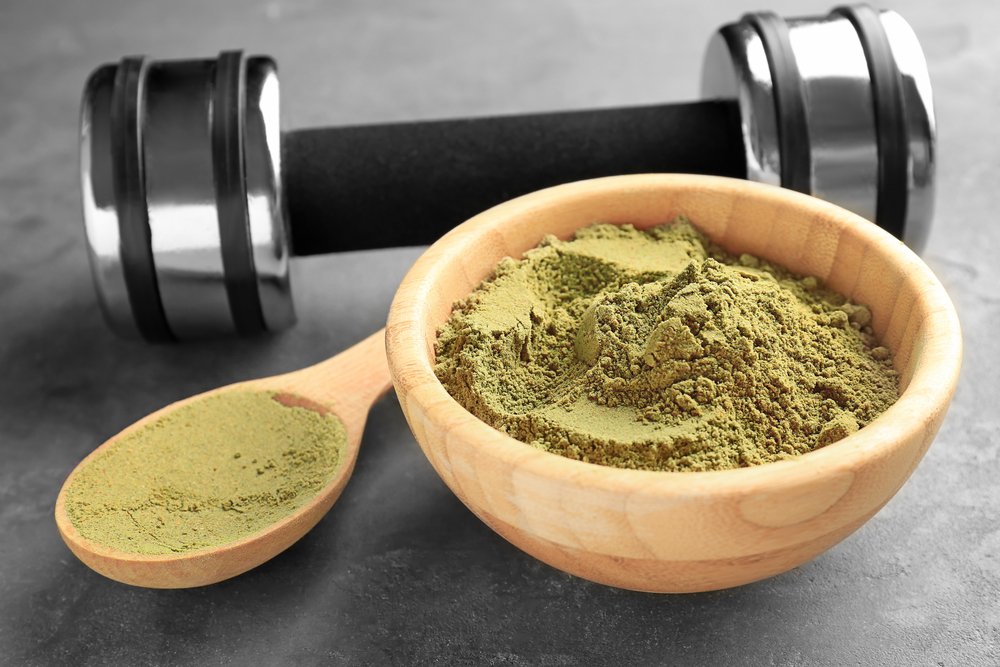
The Best Breathing Techniques When Running
Introduction To Breathing Techniques When Running
It’s hard to believe 2020 is coming to an end. A roller coaster of a year, 2020 has been a wild ride, but perhaps it’s had a silver lining.
2020 forced many of us to seek time outdoors and pursue new activities. Maybe you’ve taken up hiking or playing board games. Perhaps you’ve become quite the reader over the past year, or maybe you’ve begun exercising for the first time. Regardless of how you’ve spent this year, the page will be turned on 2021 shortly.
A new year means an inanimate line of demarcation, allowing us to reevaluate ourselves as professionals, friends, neighbors and gym-goers. As it pertains to exercise, a new year means novel physical goals. As a physiotherapist, I can confidently say that January is the hottest time of year to begin running.
Running is a fantastic mode of exercise for those looking to improve their cardiovascular health, shed some body fat and enhance their mental wellbeing. There’s a reason the phrase “runner’s high” exists, after all.
Whether you have a decorated running history or you’ve just bought your first pair of athletic shoes, something you’ll notice soon after takeoff is how difficult breathing may become.
Of course, your general conditioning will have great impact here. If you haven’t run in years, your body is due for quite the shock when it’s forced to exert exponentially more effort than it’s used to. Your cardiovascular, nervous, respiratory and muscular systems must all be coordinated and conditioned appropriately before that “runner’s high” actually manifests.
In this article, you’ll learn the appropriate order of operations for fine-tuning your breathing while running. In so doing, you’ll be able to run faster and with greater comfort. Without further ado, let’s get to it.
 Step #1 Make sure you’re using the correct muscles
Step #1 Make sure you’re using the correct muscles
I’m sure you haven’t spent too much time thinking about which muscles control breathing. If not, this doesn’t make you a bad runner or lazy trainee; it just makes you normal. However, the human body is carefully engineered to allow optimal performance if used…optimally. In the case of running (or any other time), we should be breathing with the diaphragm muscle.
The diaphragm is a dome-shaped muscle that encircles the lowest ribs and effectively separates the abdominal and thoracic cavities. Regarding breathing, the diaphragm is the primary muscle involved with inspiration. When the diaphragm contracts, the chest expands to allow room for the newly inflated lungs.
Far too often, folks tend to breathe using “accessory” breathing muscles of the neck and upper back. If you feel tightness in the shoulders or strain in these areas while running, focus on letting the arms swing effortlessly by your side and retracting the neck, facilitating good posture. The diaphragm isn’t exactly a muscle you can “feel” while running, but it is rather obvious when accessory muscles are taking its place in line.
Step #2 Develop a cadence
The development of a particular breathing rhythm is imperative for performance. If you’ve ever watched elite marathoners train, something you’ll notice is how effortless and synchronous their breathing patterns are. The body responds best to stresses it’s already accustomed to, which is why sporadic breathing takes its toll on your mile time.
Harken back to the body systems at play during running. The cardiovascular system obviously plays a huge role. The muscular system produces the movement. The respiratory system exchanges breathe. But what controls each of these systems?
The nervous system.
By using a rhythmic breathing strategy, we are priming our nervous system to operate efficiently and not “freak out,” when the body gets tired. Now, there is no “one size fits all” breathing cadence. However, practicing a 2:2 or 2:3 inhale: exhale cadence is a good place to start. This means breathing in for a count of two and out for a count of two or three, which leads us to our last step…
Step #3 Practice the cadence
Rome wasn’t built in a day, and your breathing cadence likely won’t be either. However, you can practice this breathing cadence at virtually any point in your workout.
Perhaps your warm-up consists of a 10-minute walk. This is the perfect time to begin practicing what a 2:2 cadence feels like. Set yourself up for success by practicing your breathing cadence while you still have a lot of gas in the tank, and begin to include this cadence into more difficult portions of your training over time.
 Closing Remarks
Closing Remarks
If running were easy, everyone would do it.
Of course, anything worthwhile doesn’t come without healthy doses of persistence and effort. Just as you would increase distance or speed as the body becomes accustomed to running, improving your breathing strategies should also be pursued. By focusing on breathing with the appropriate muscles and with an ideal rhythm, your running performance is sure to improve.


 Step #1 Make sure you’re using the correct muscles
Step #1 Make sure you’re using the correct muscles Closing Remarks
Closing Remarks



No Comments yet!